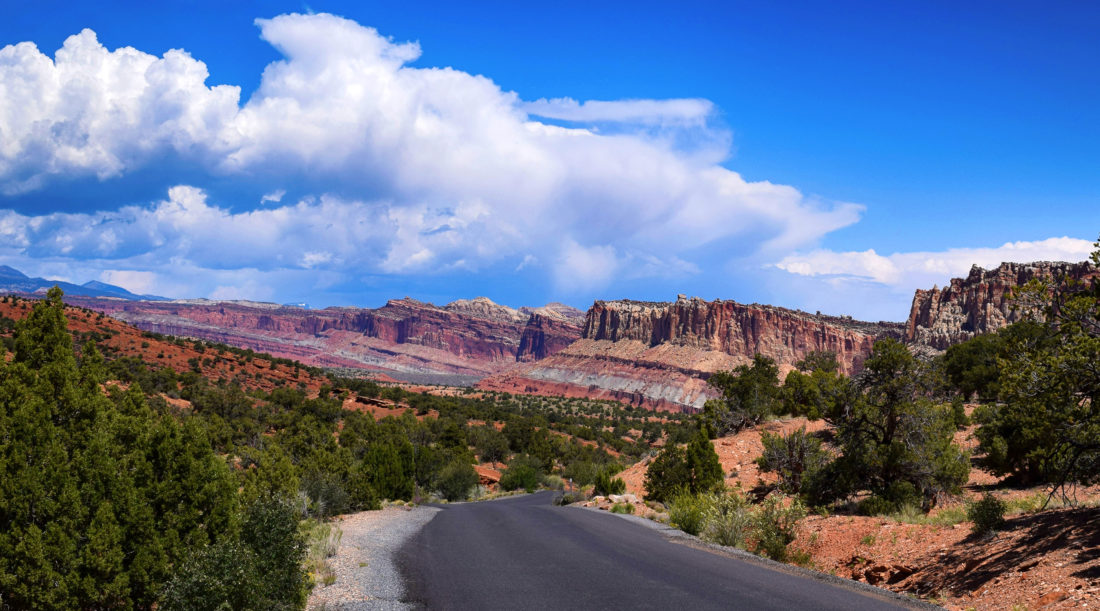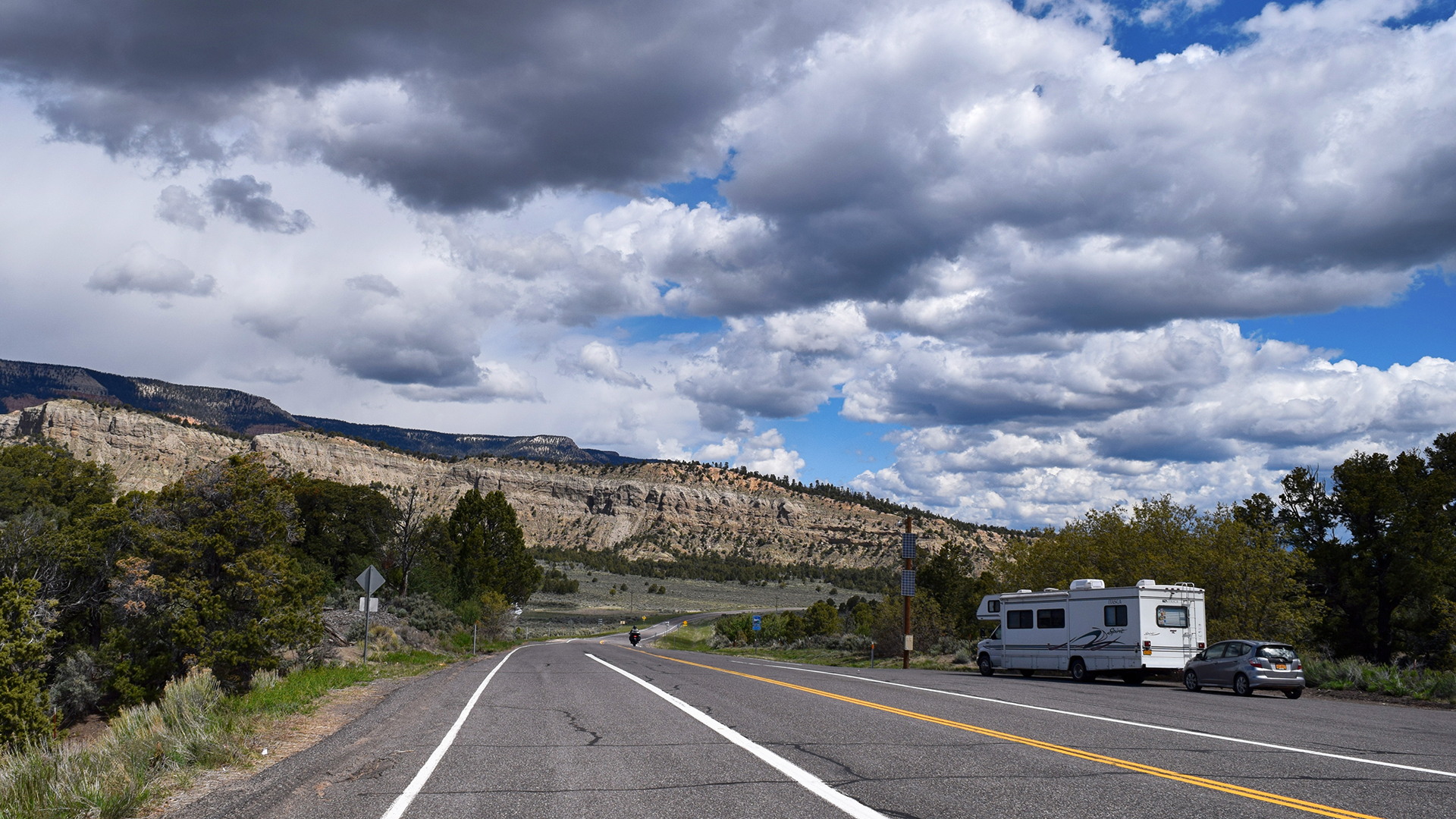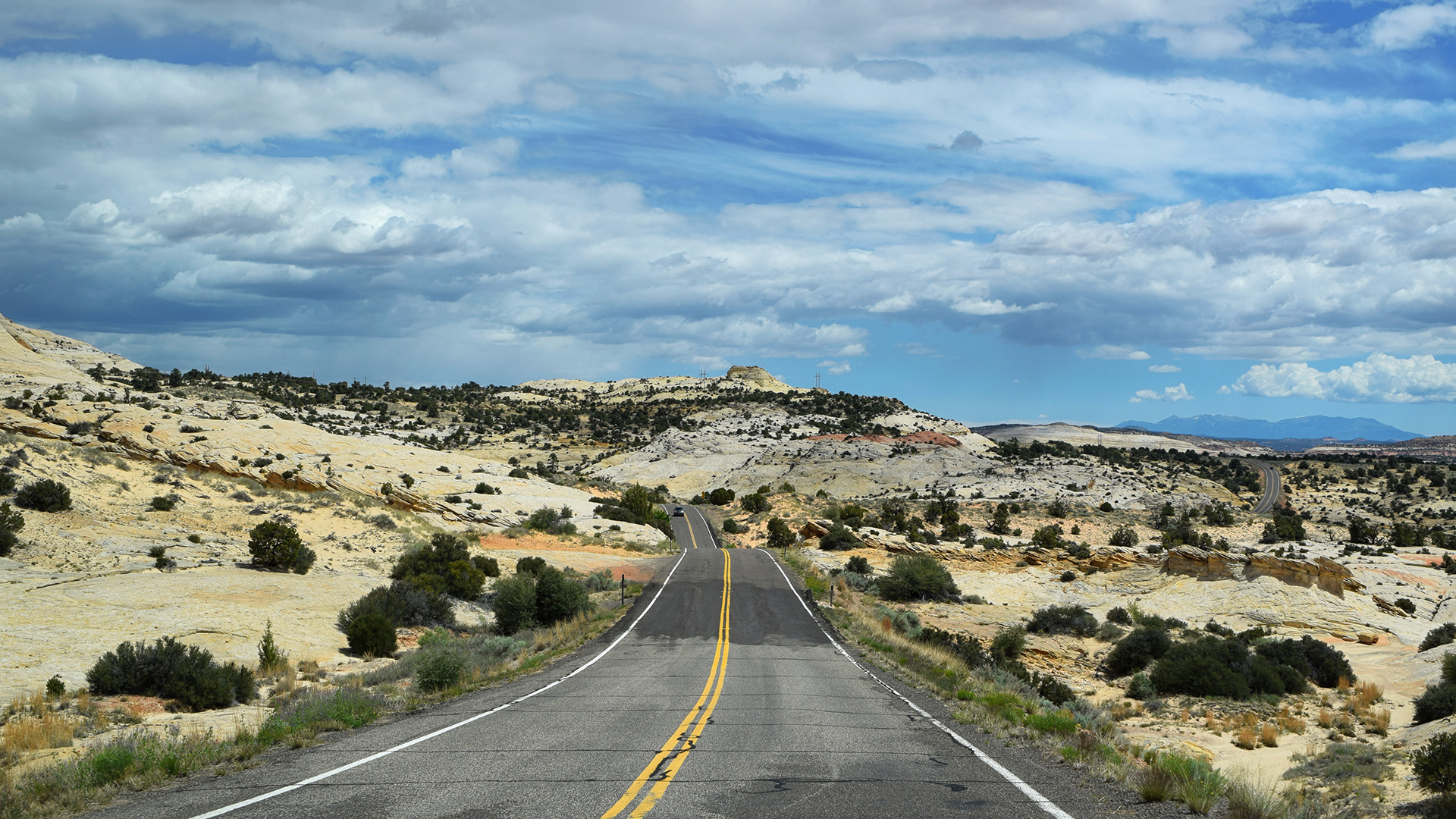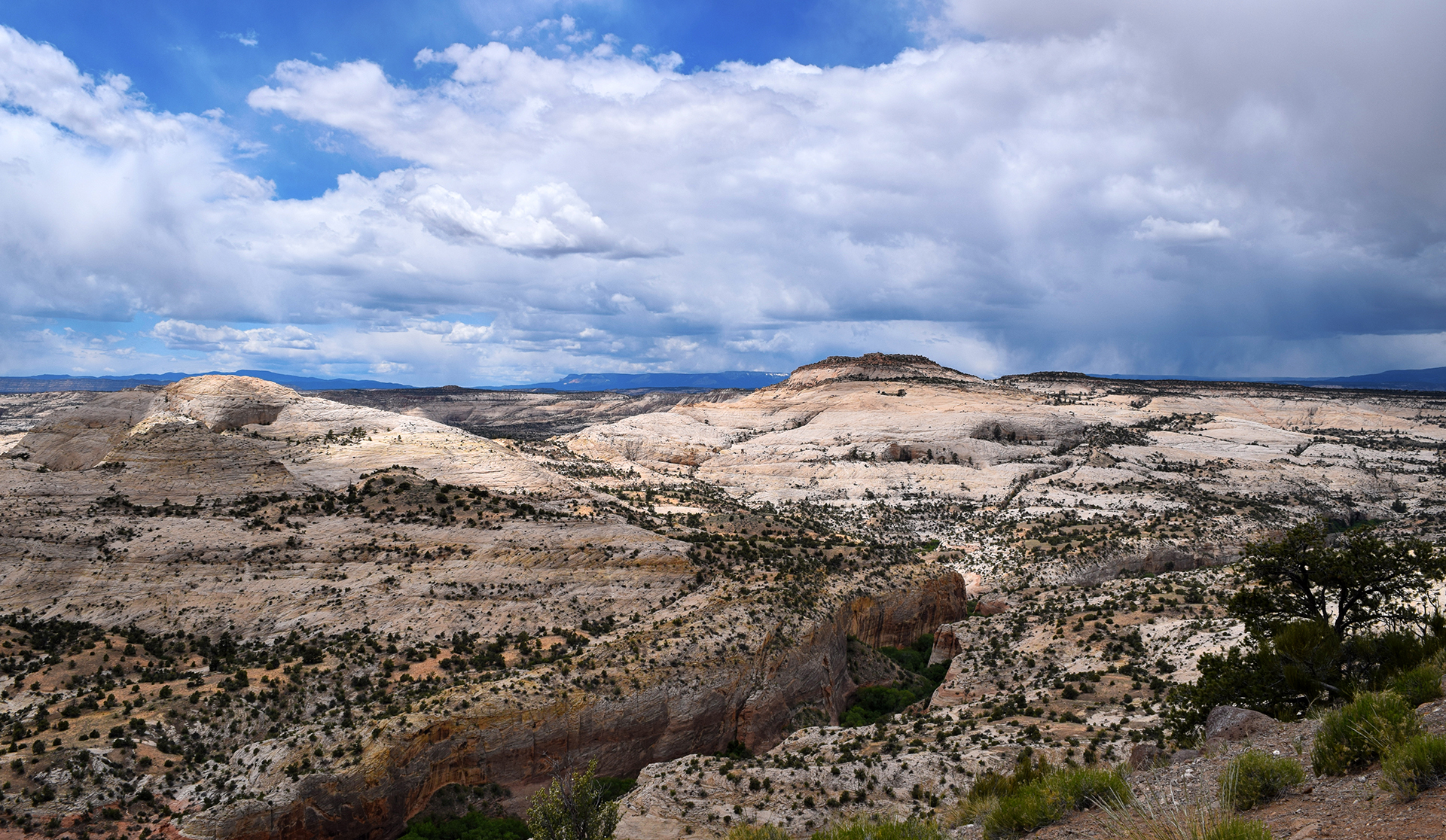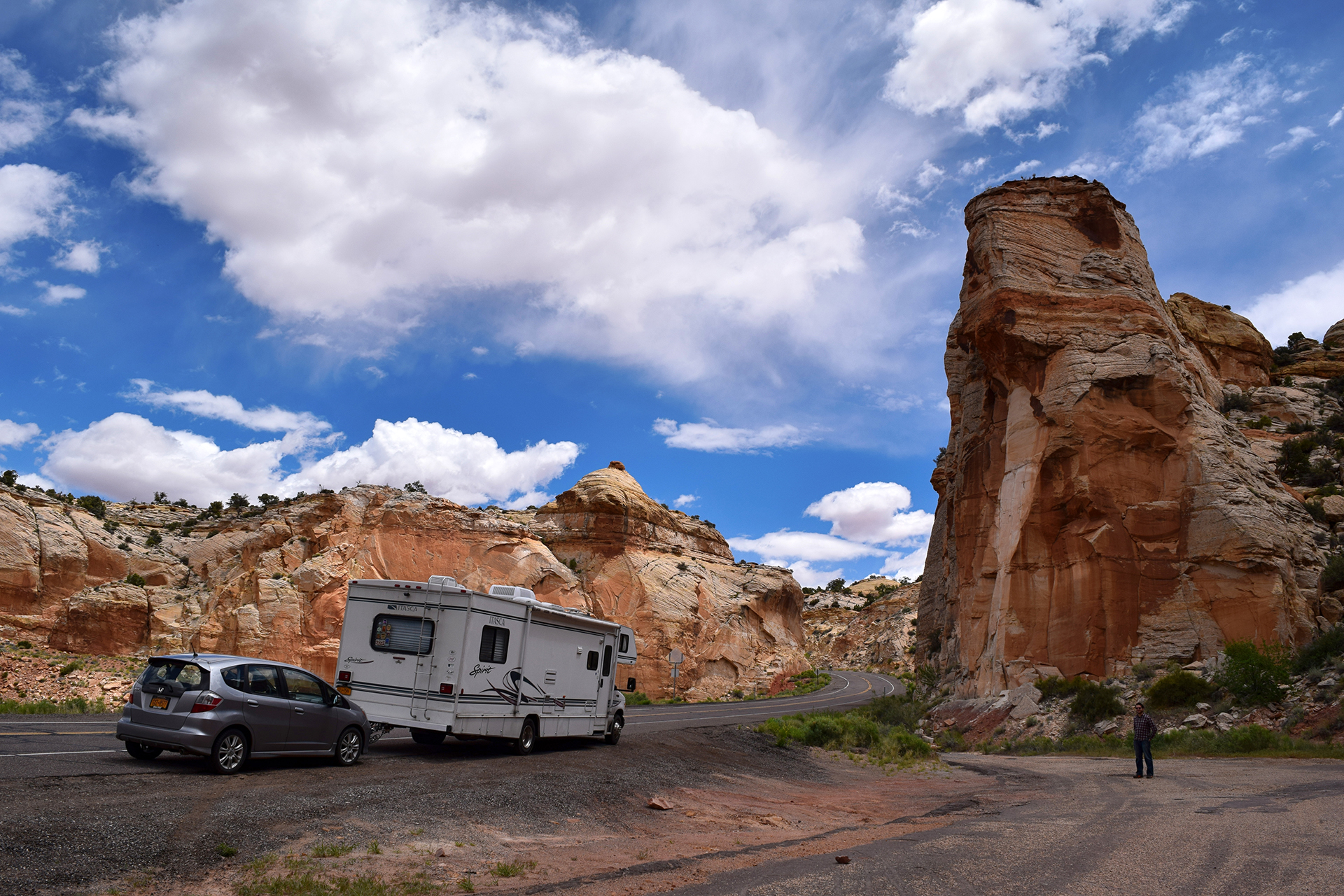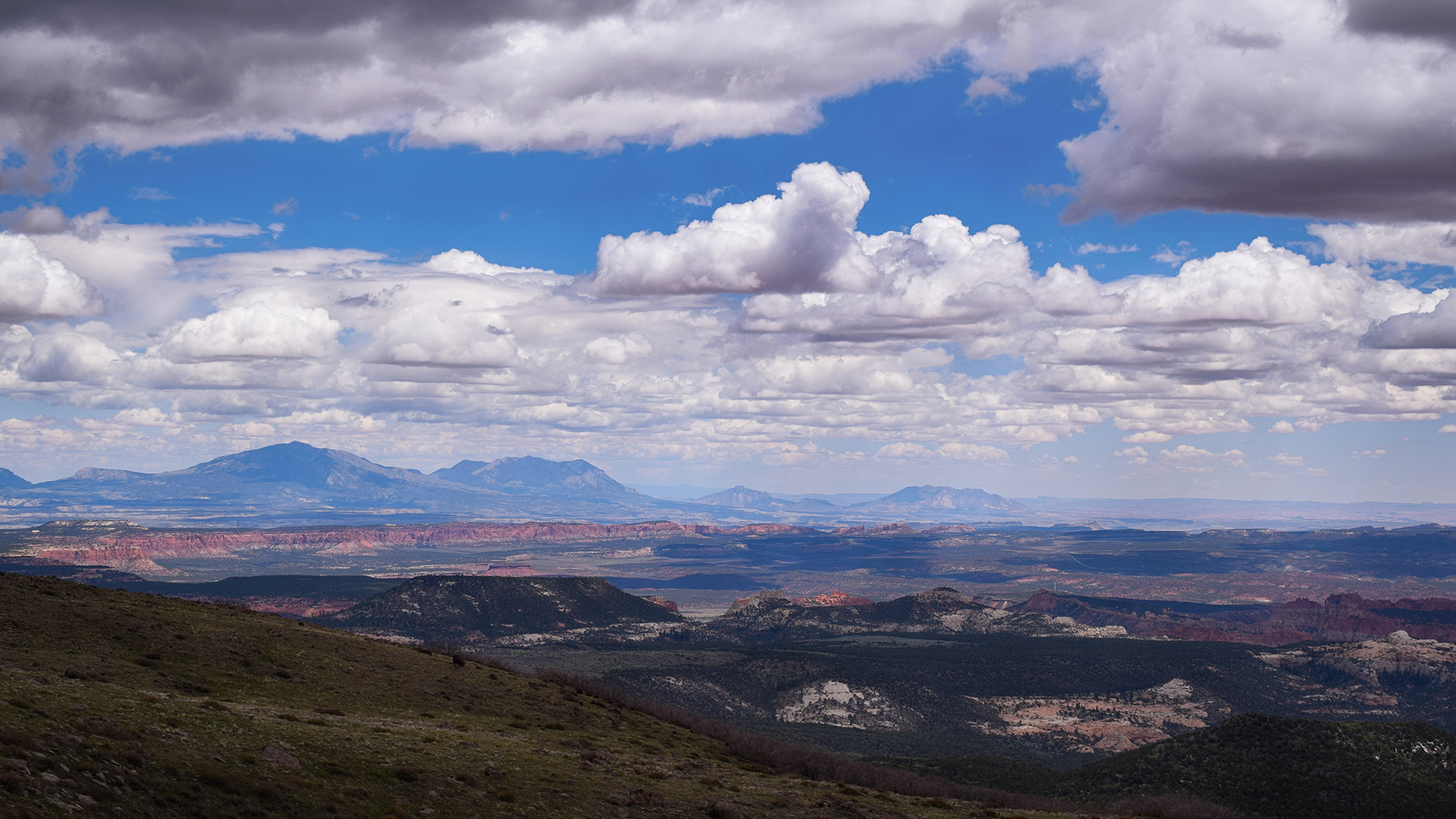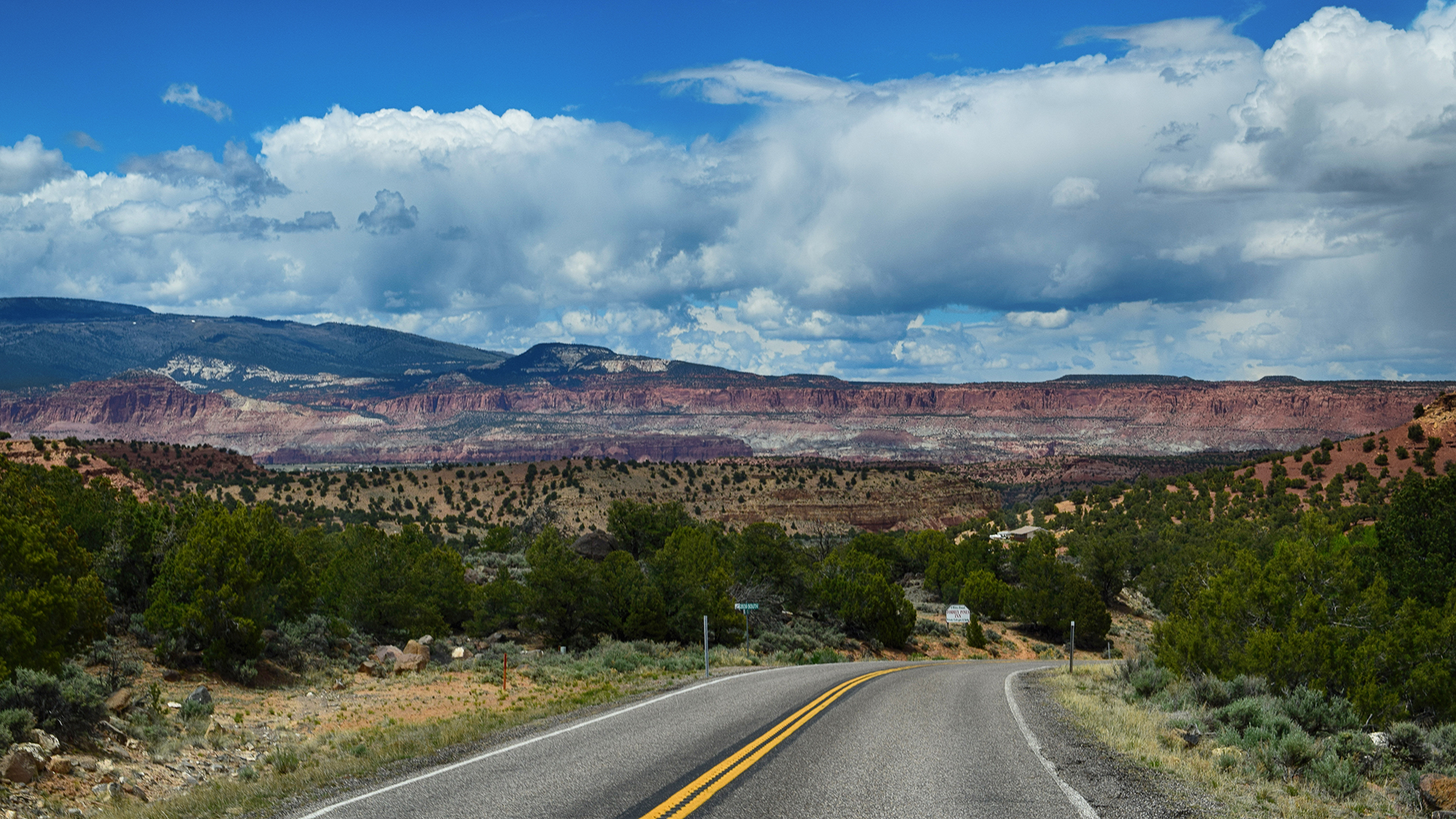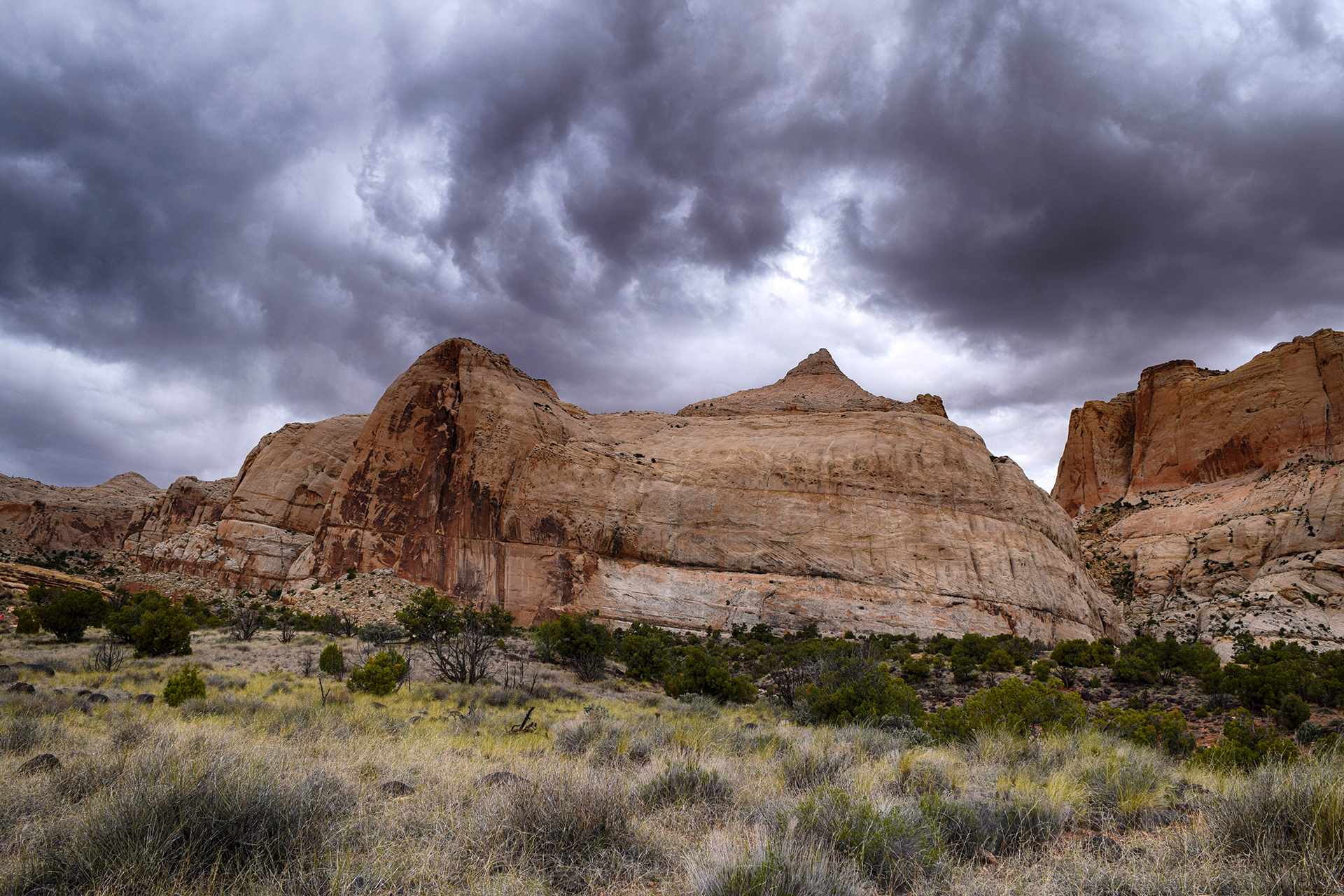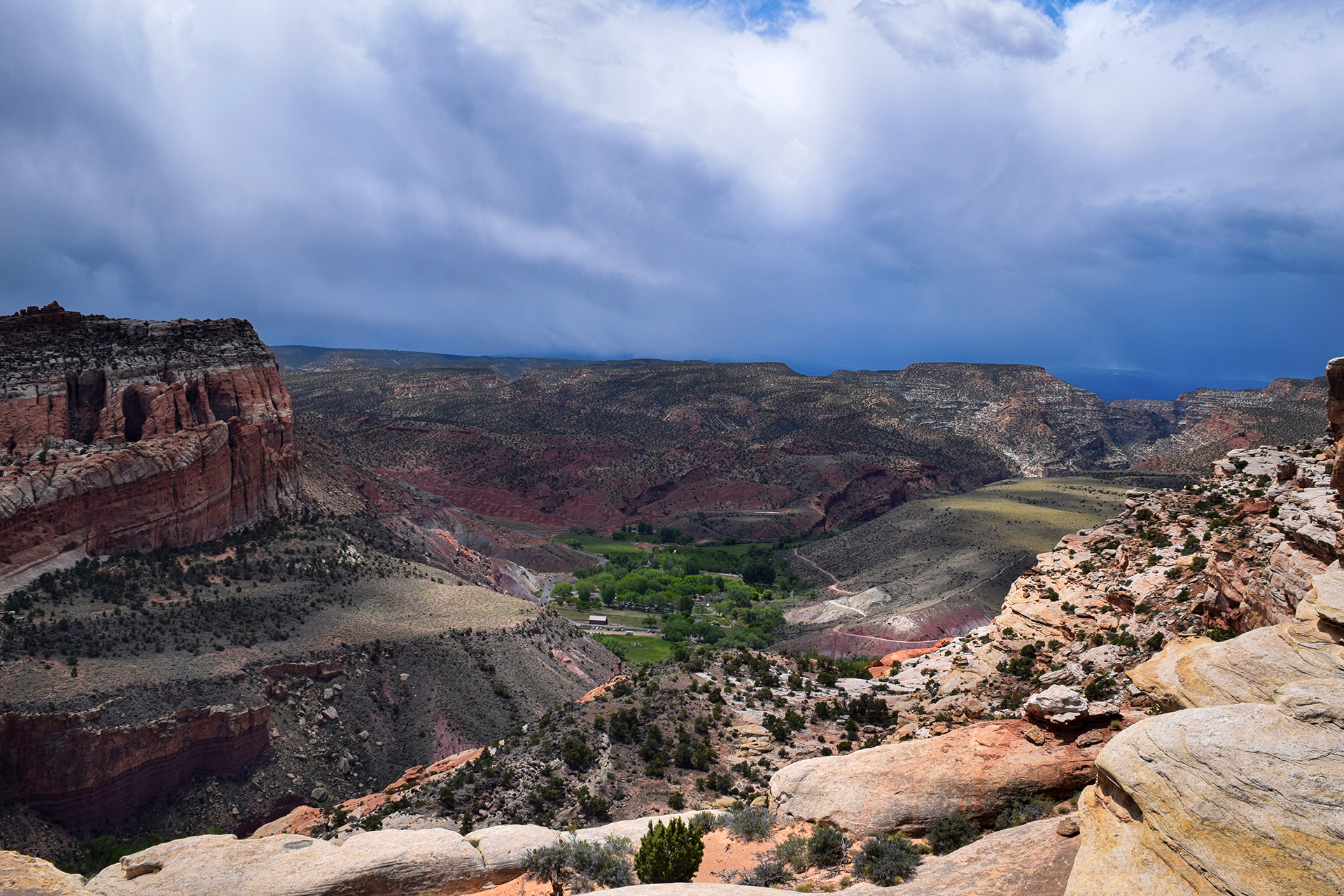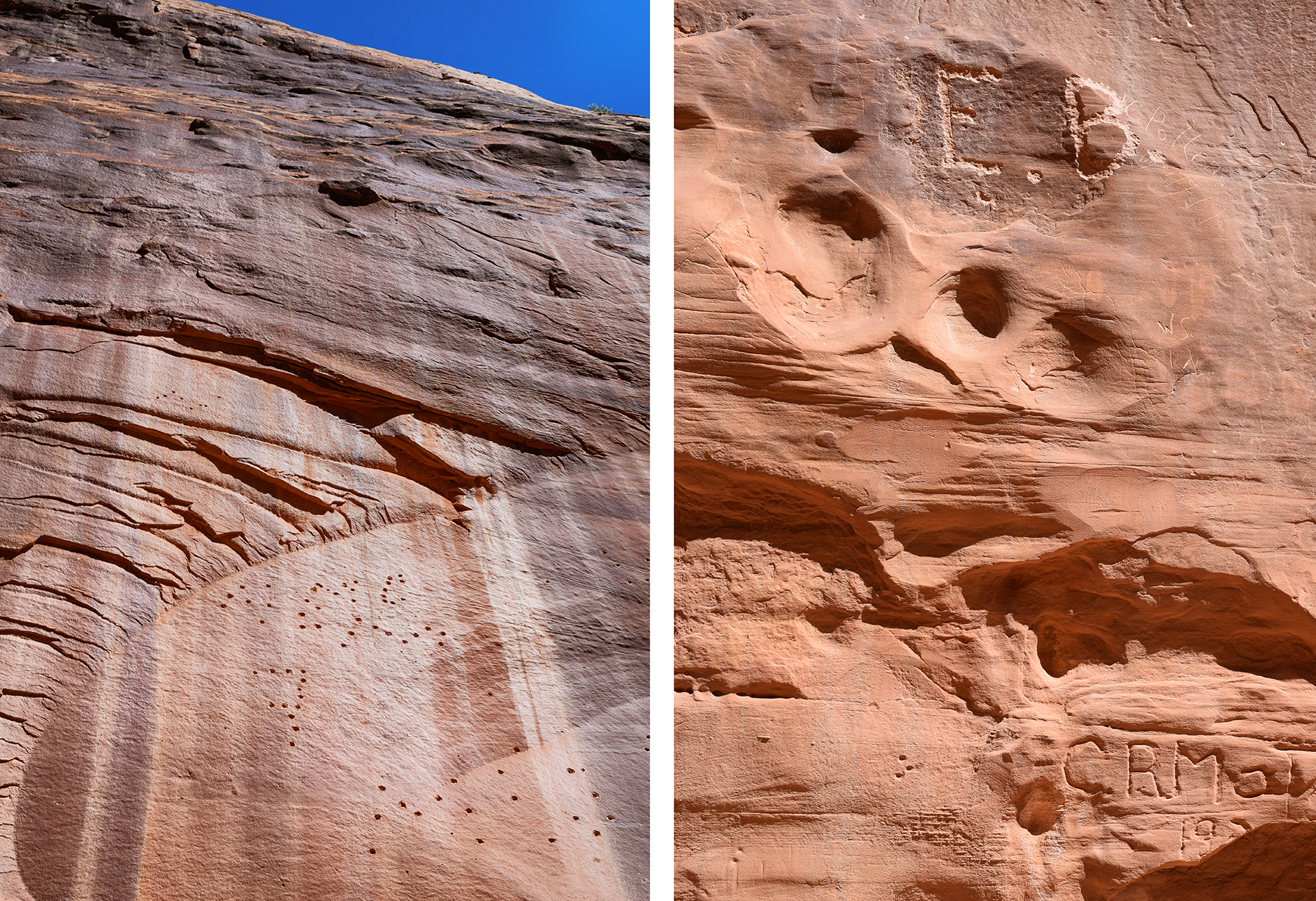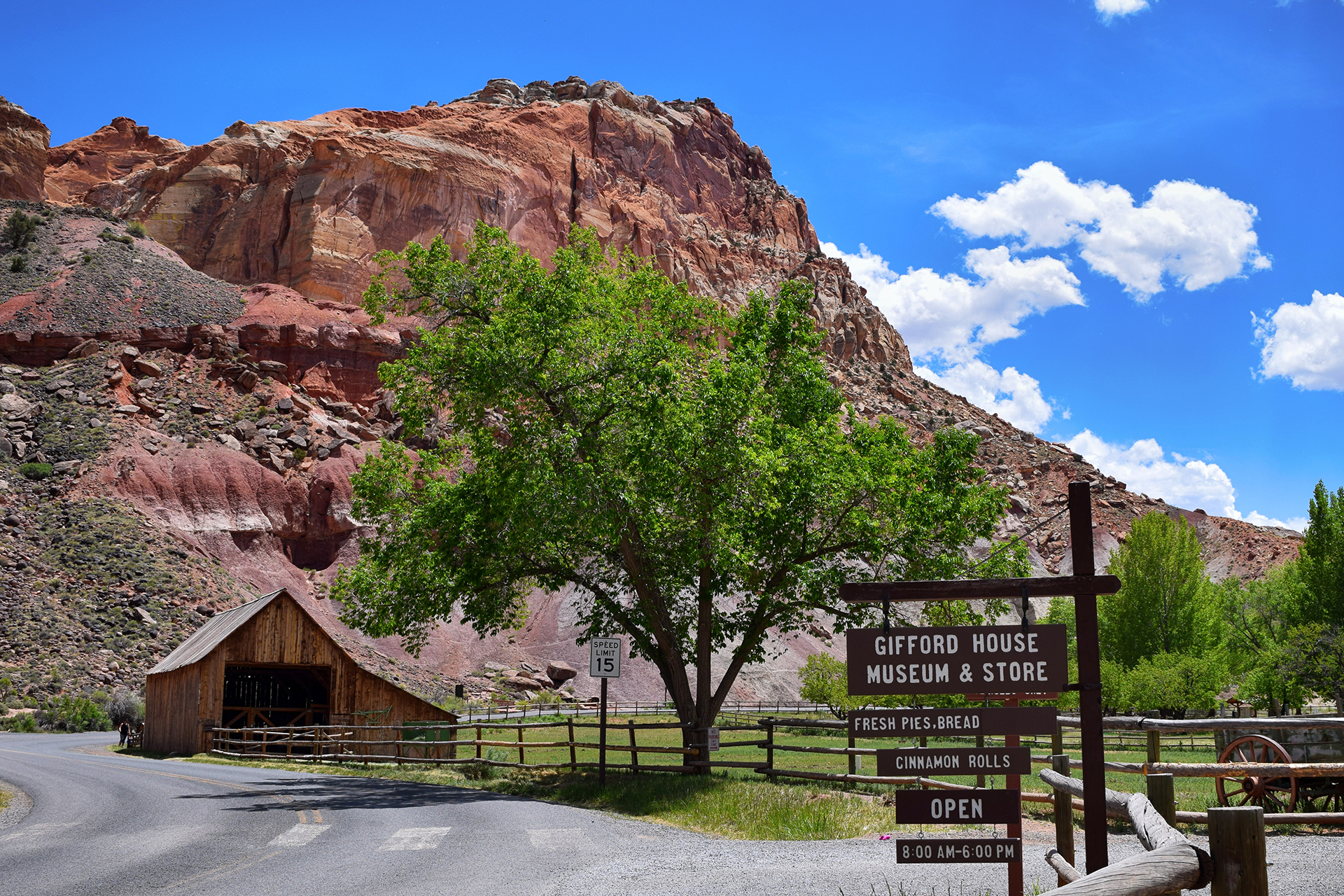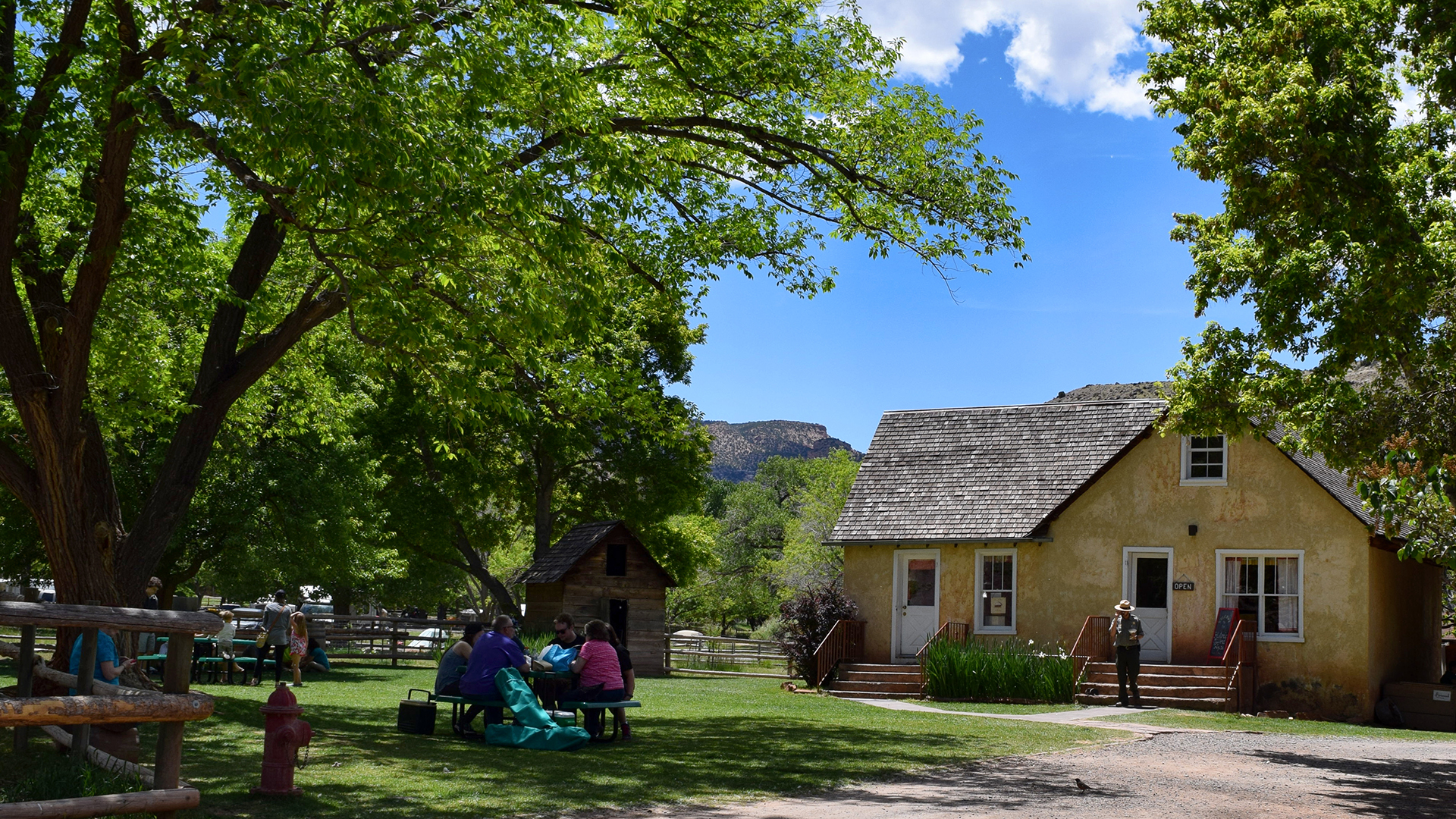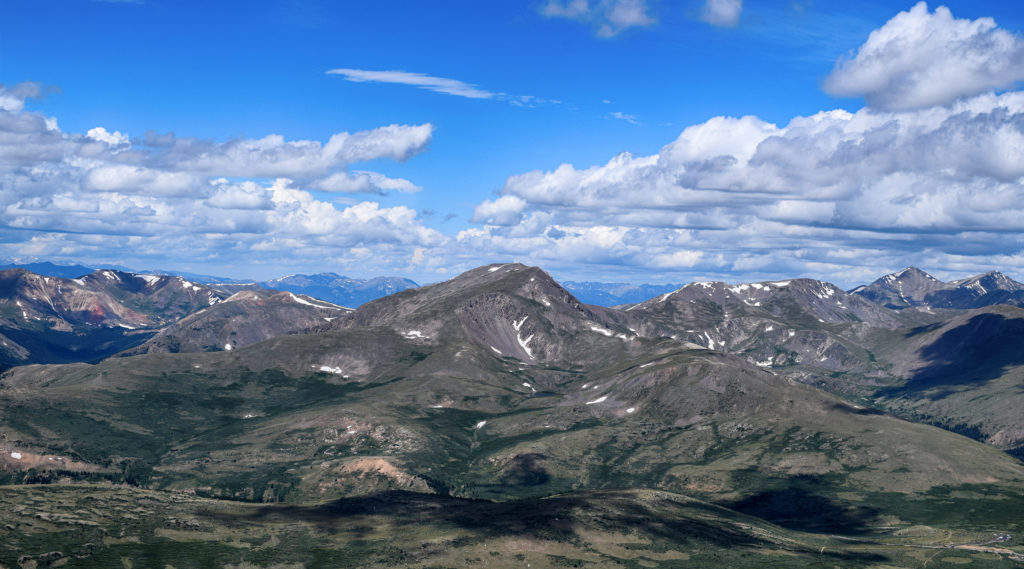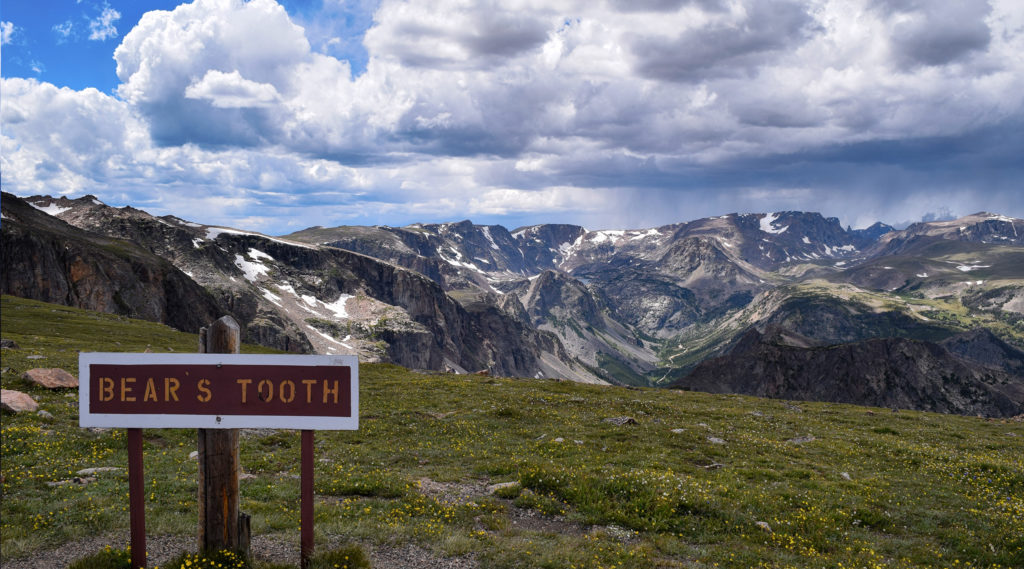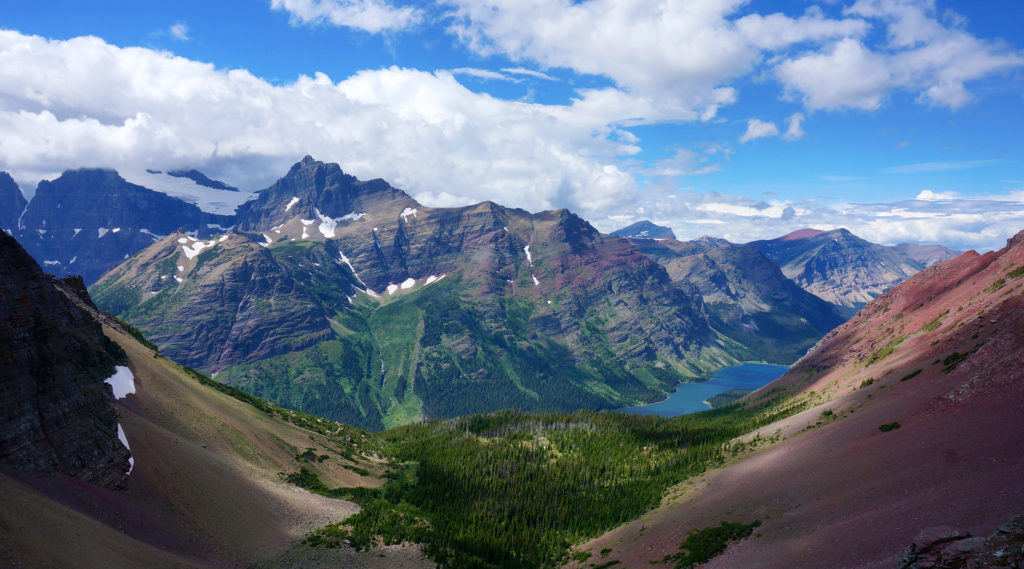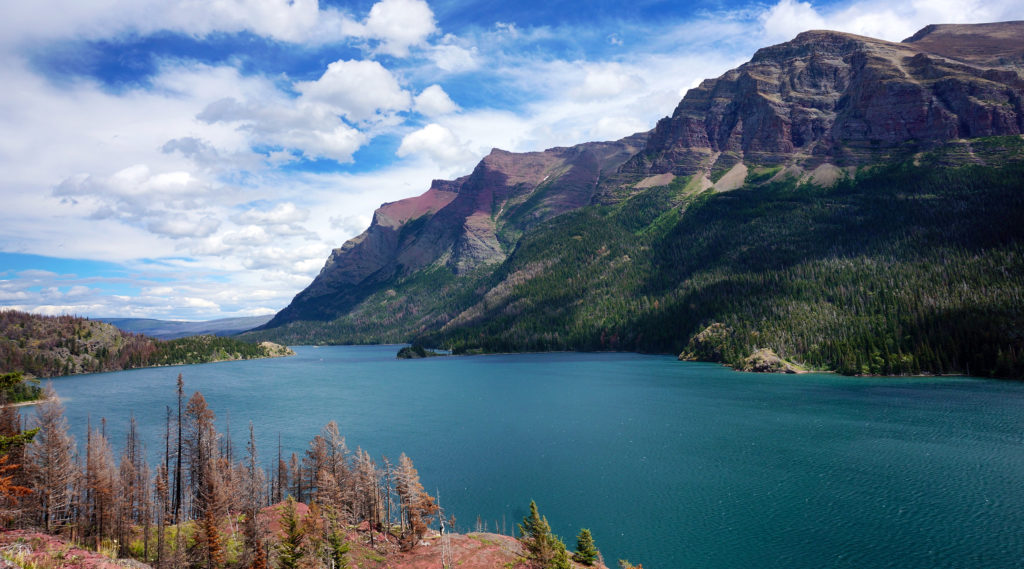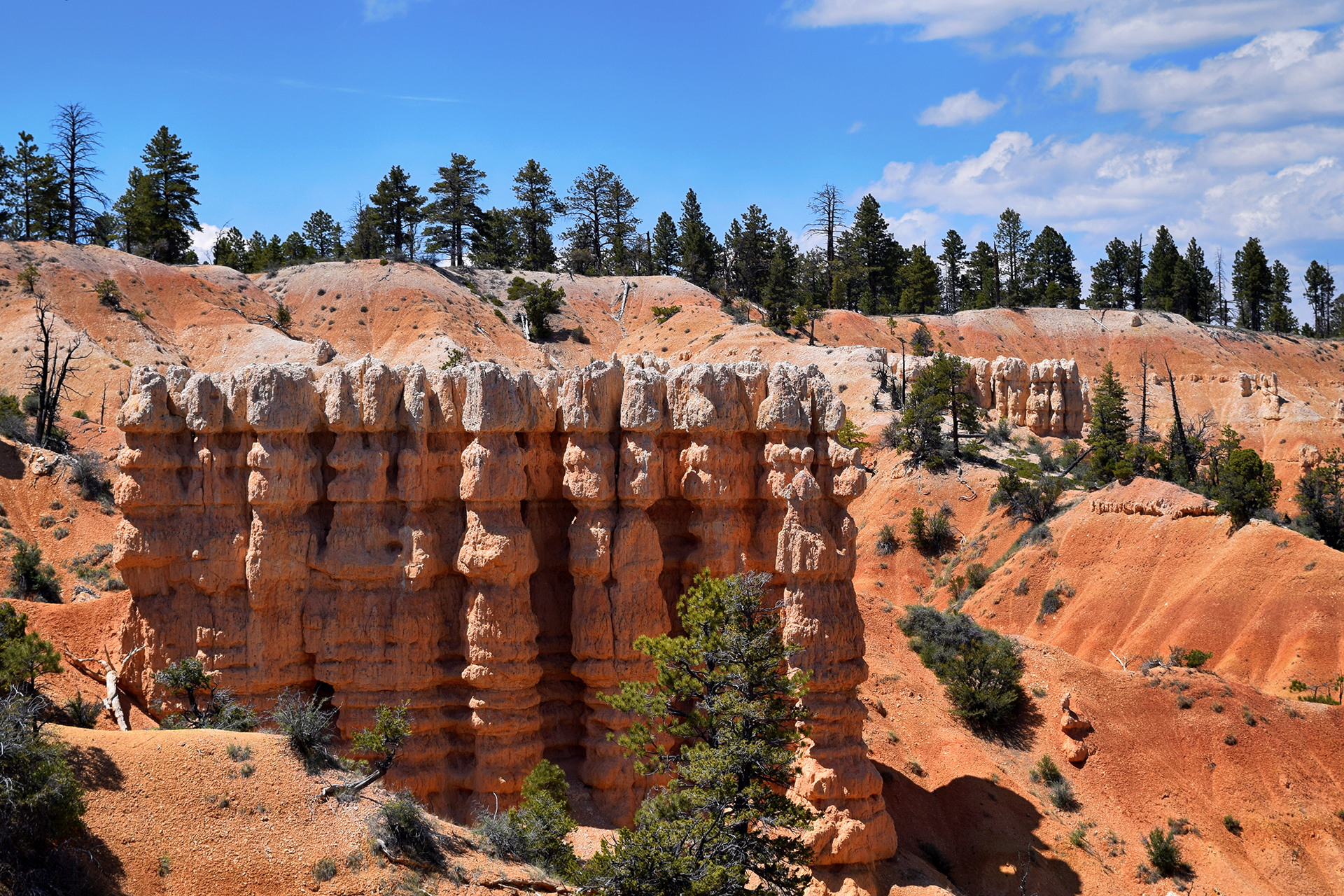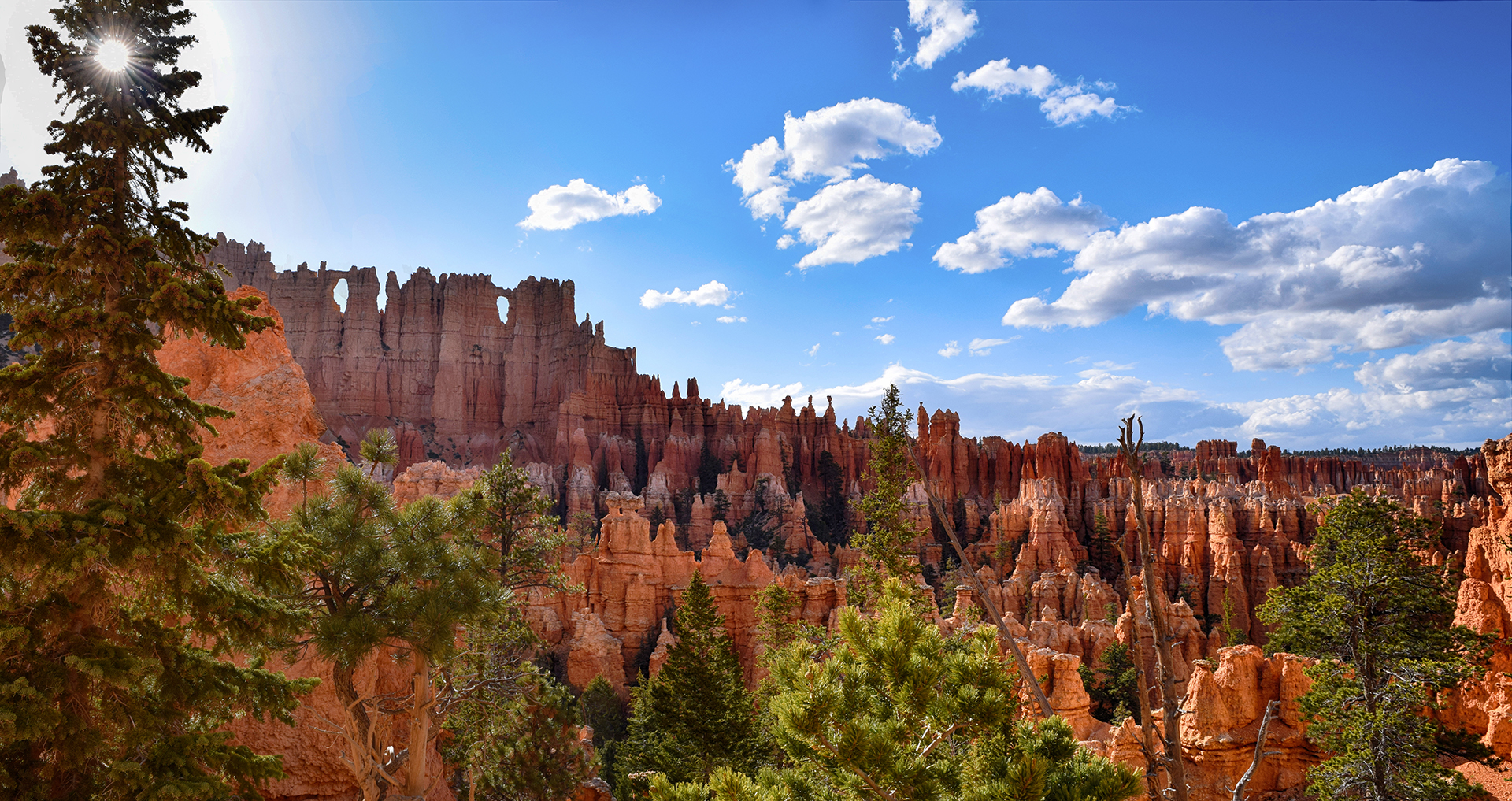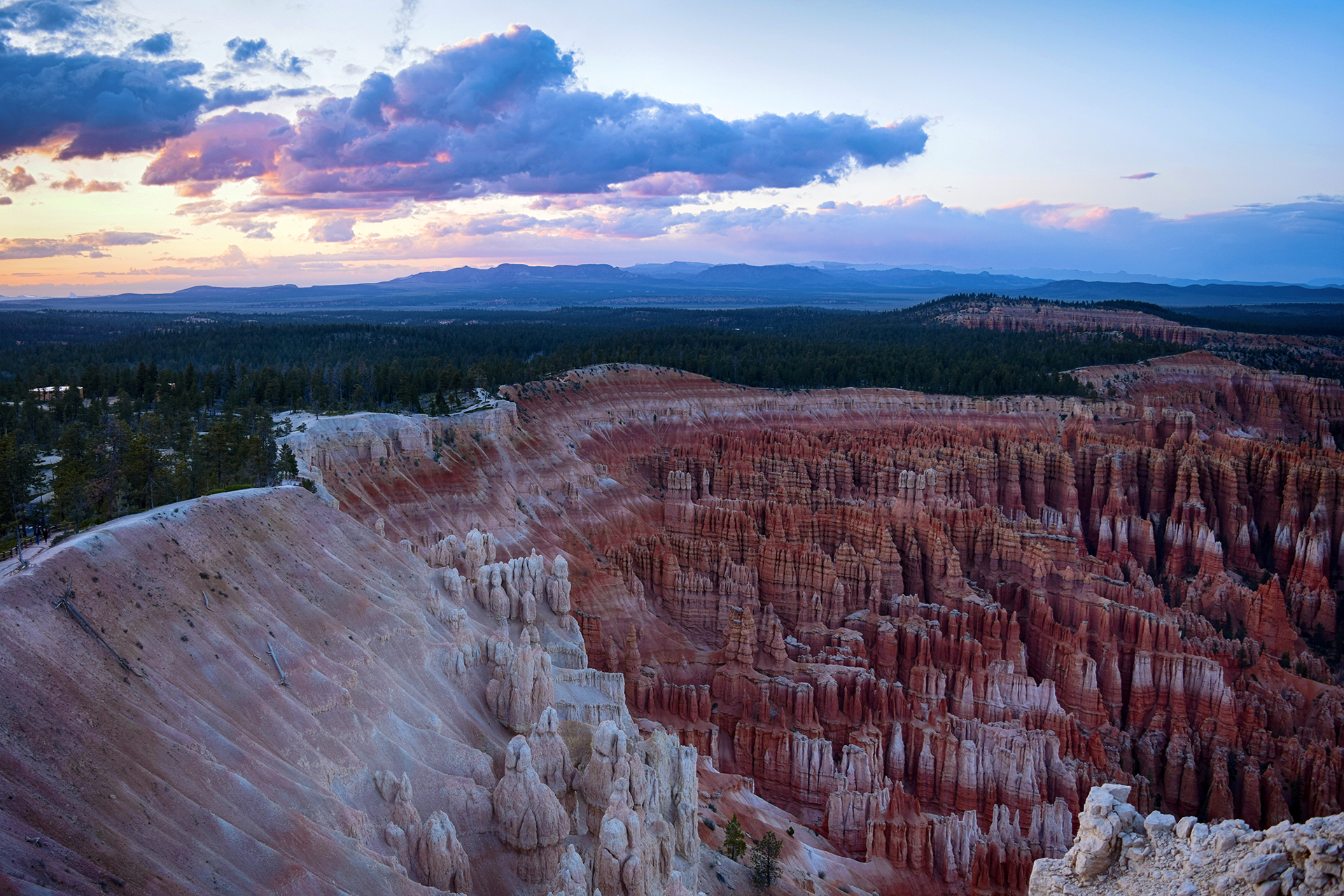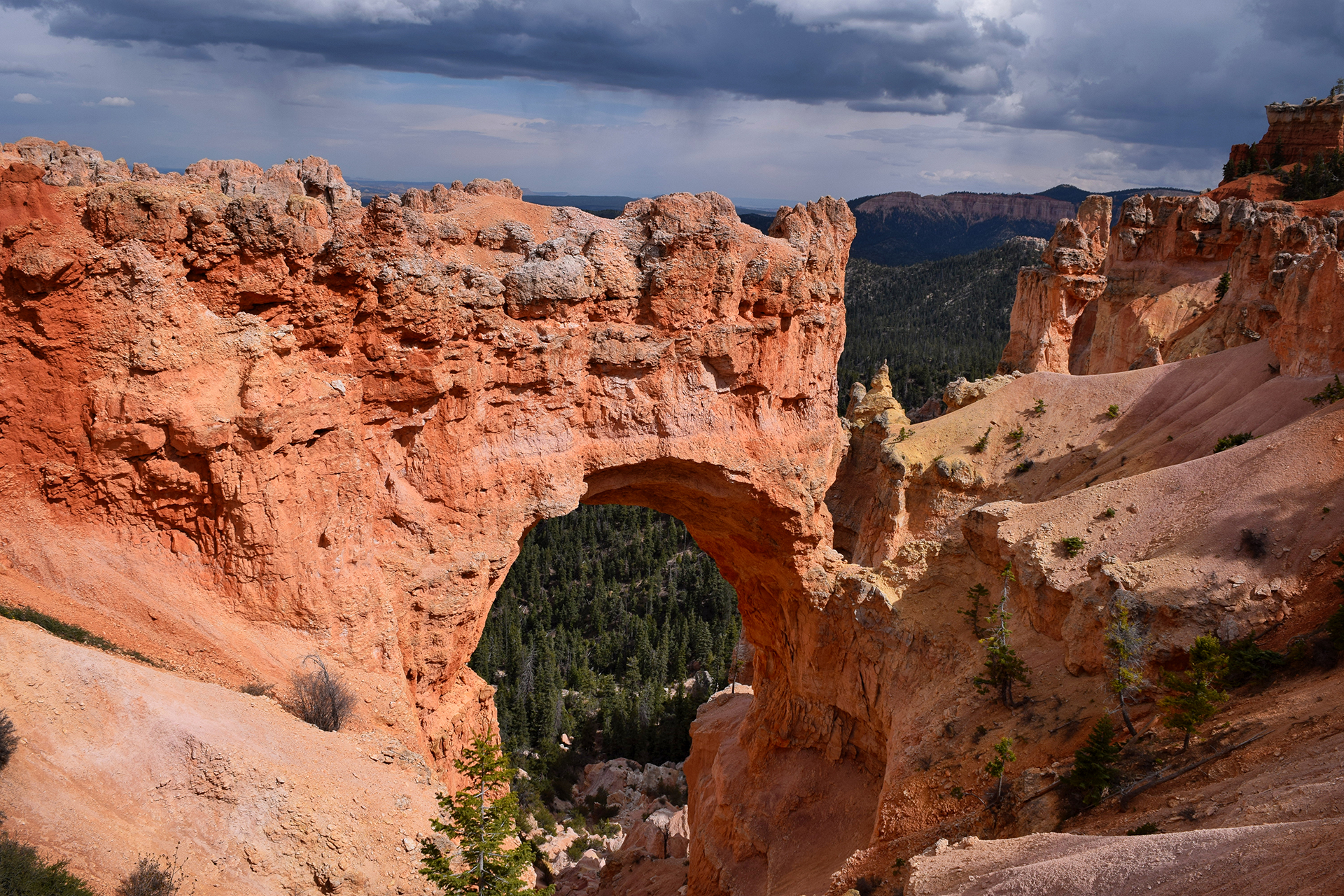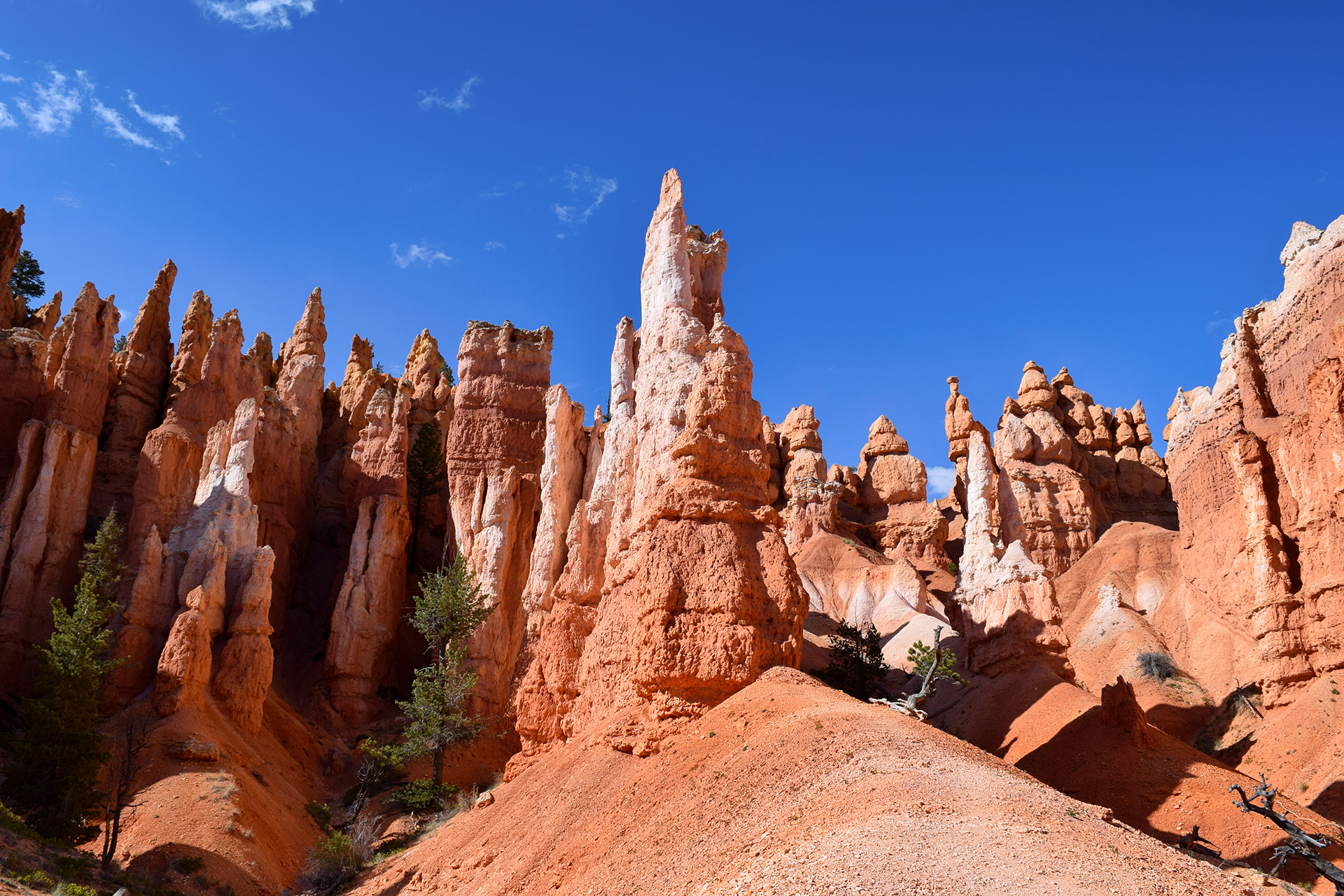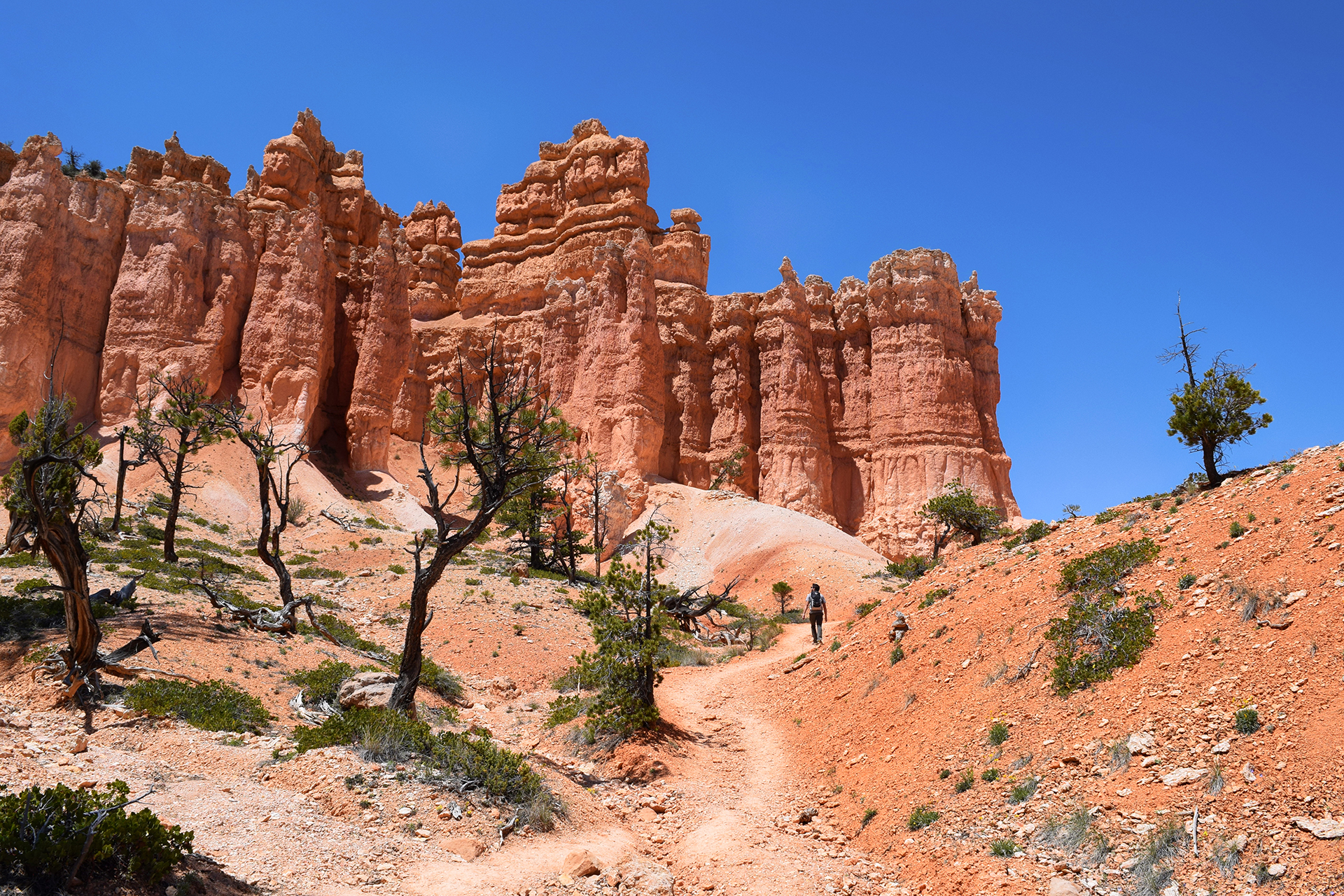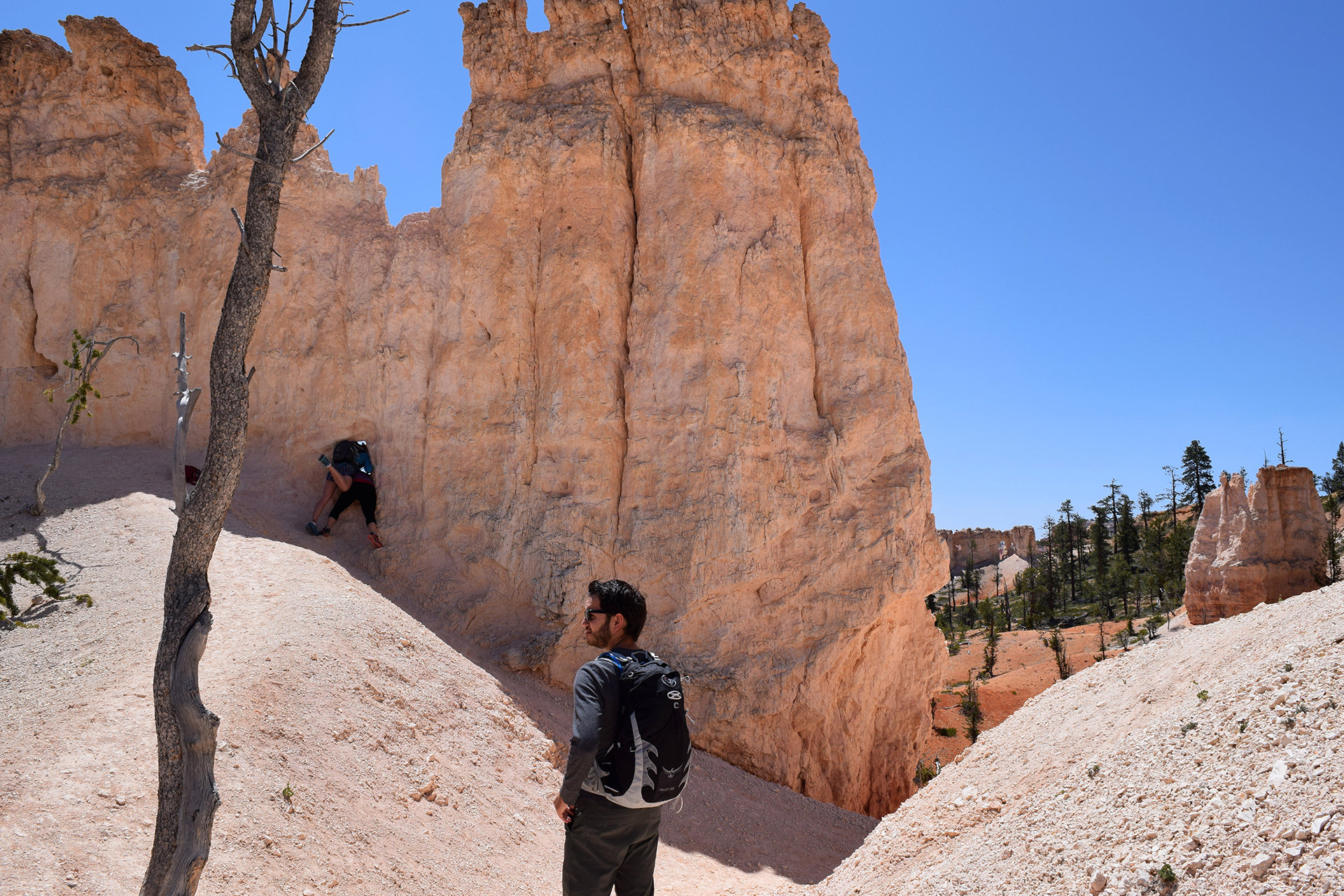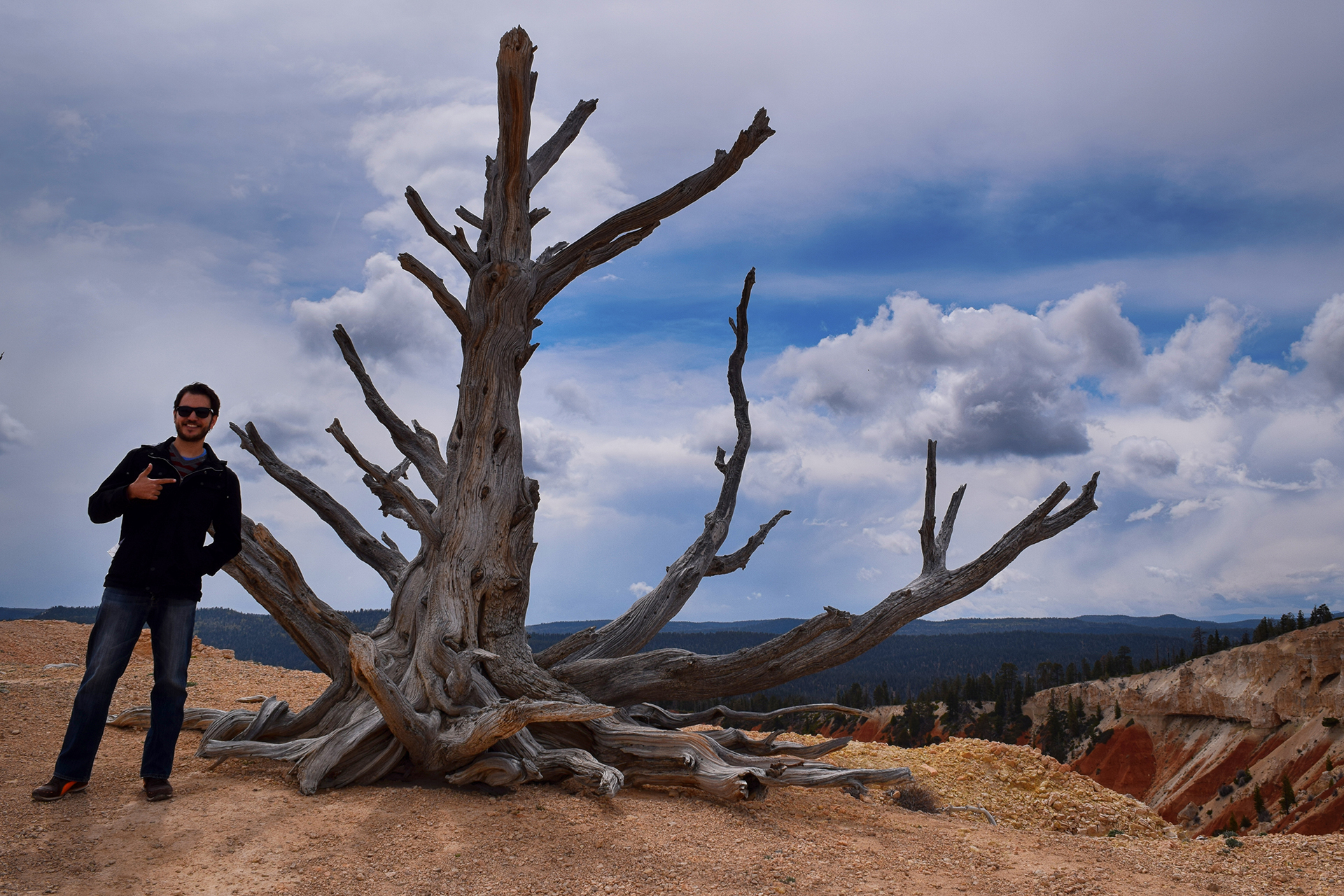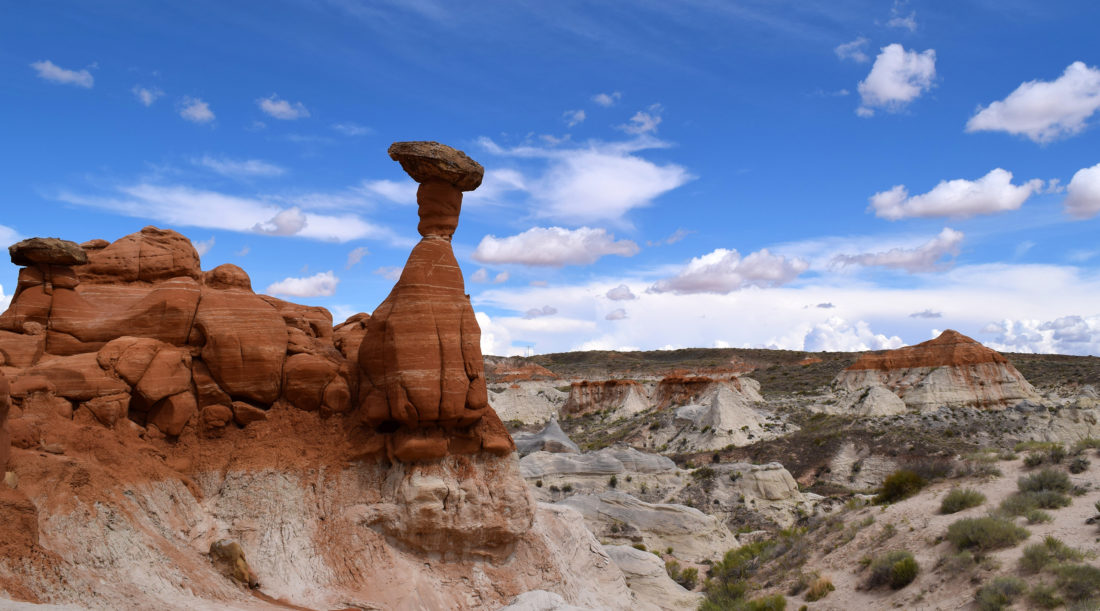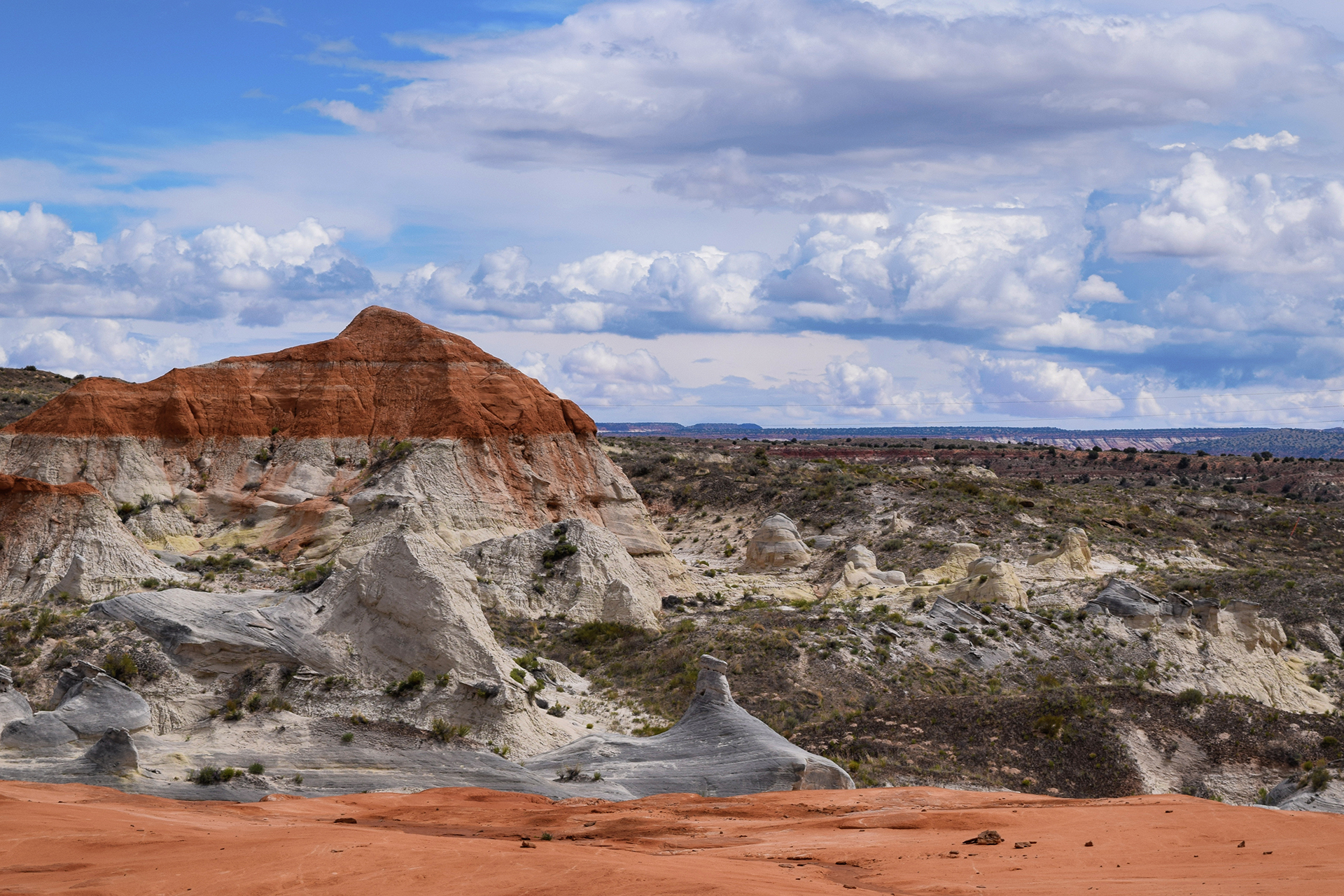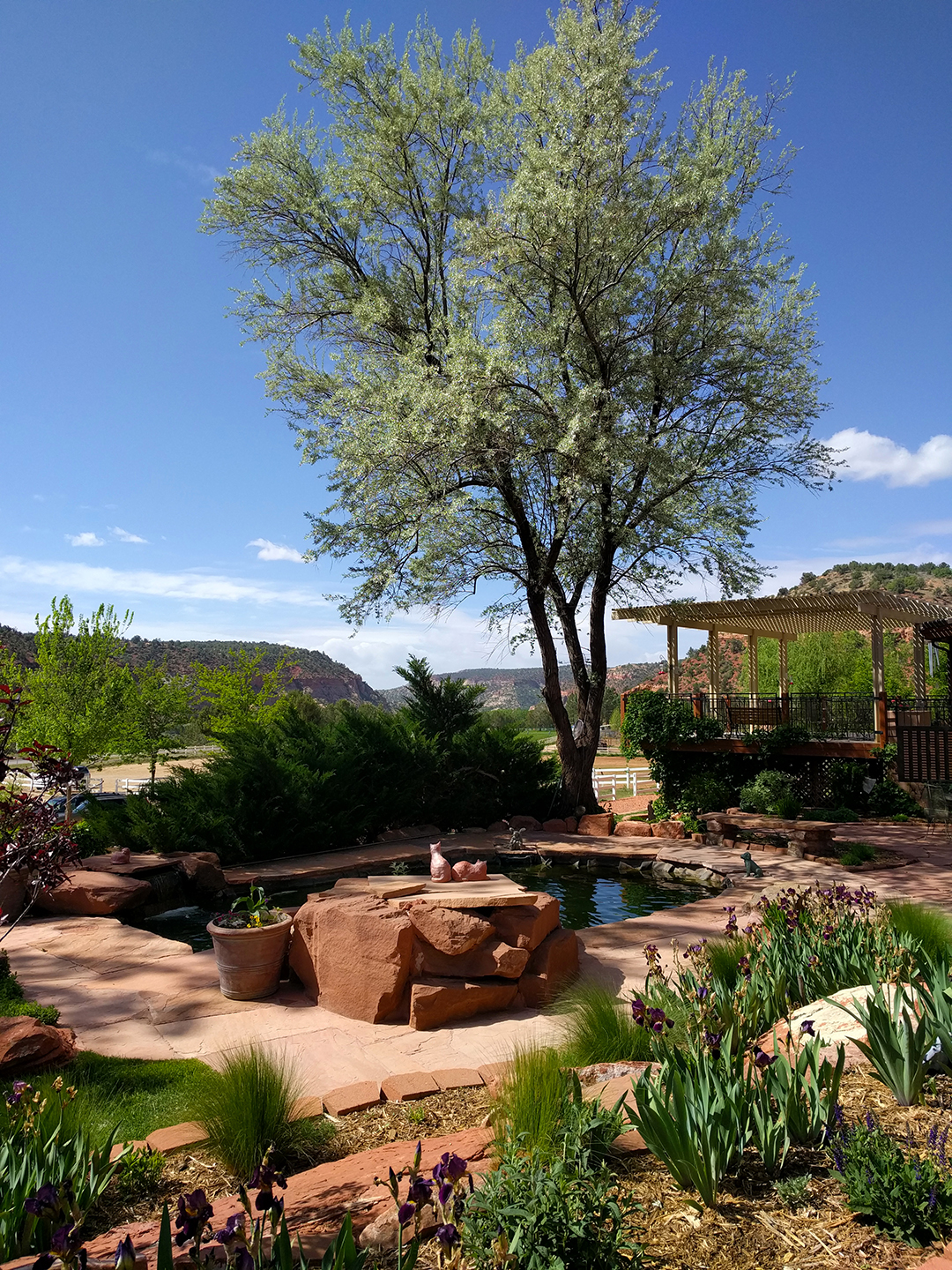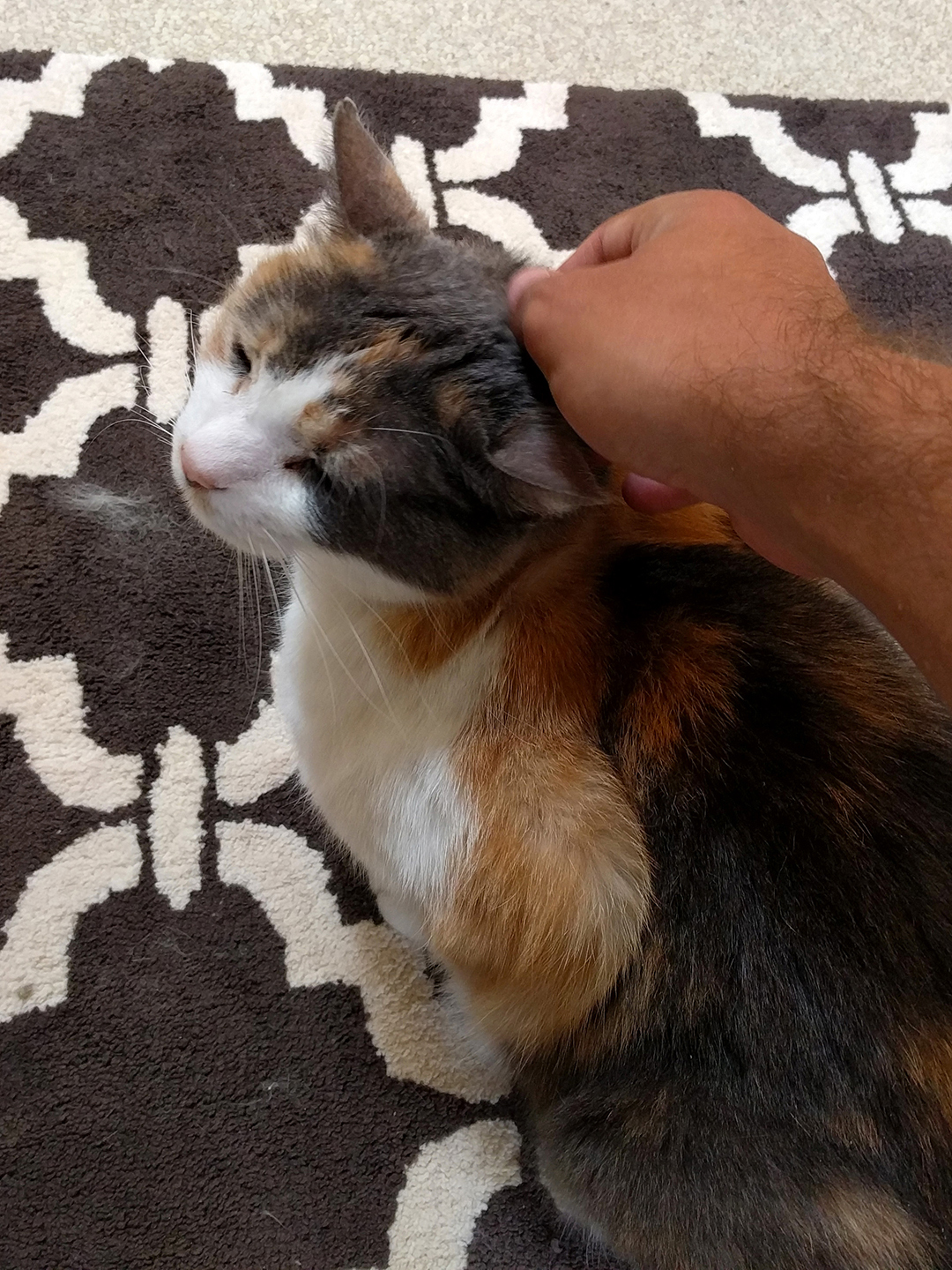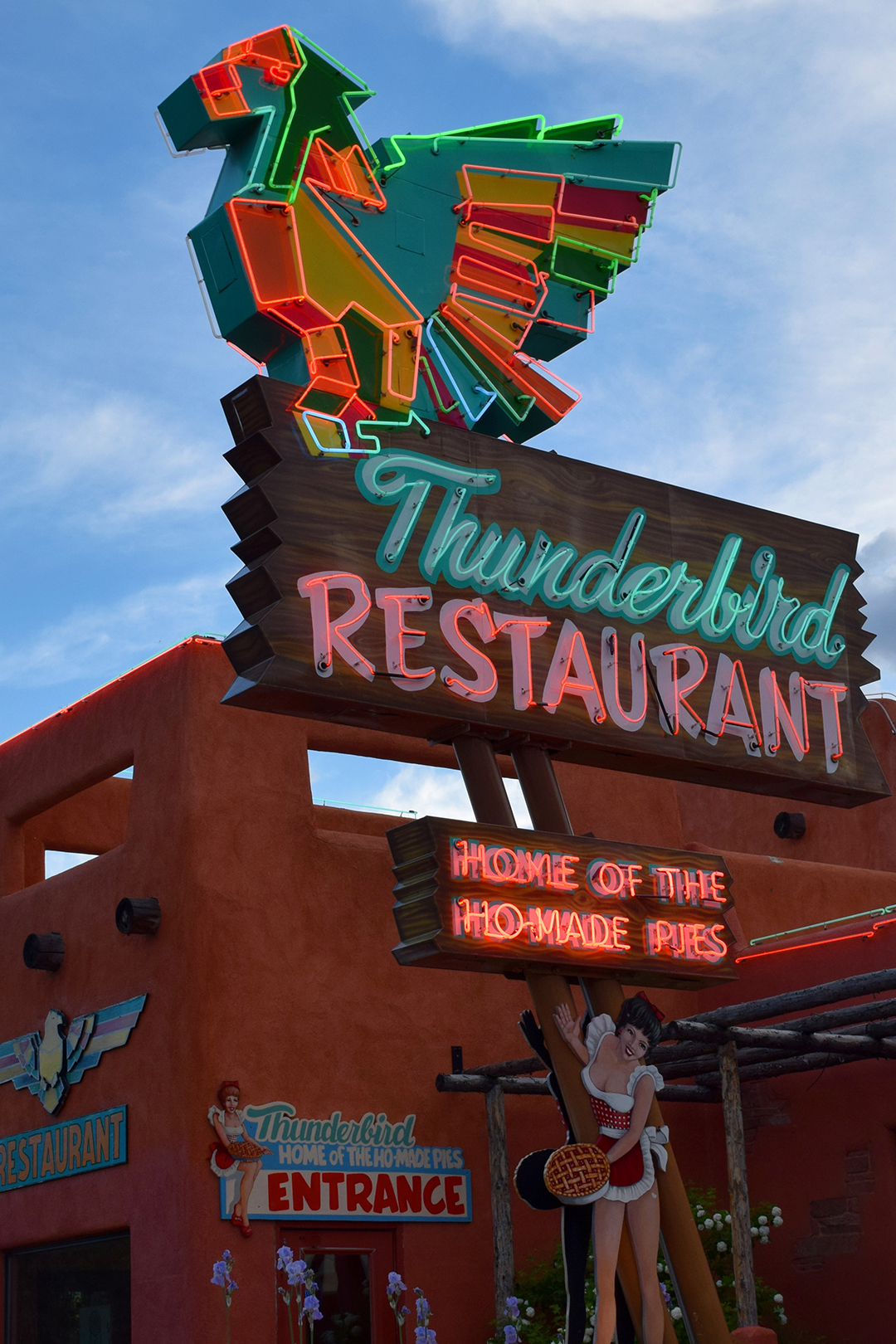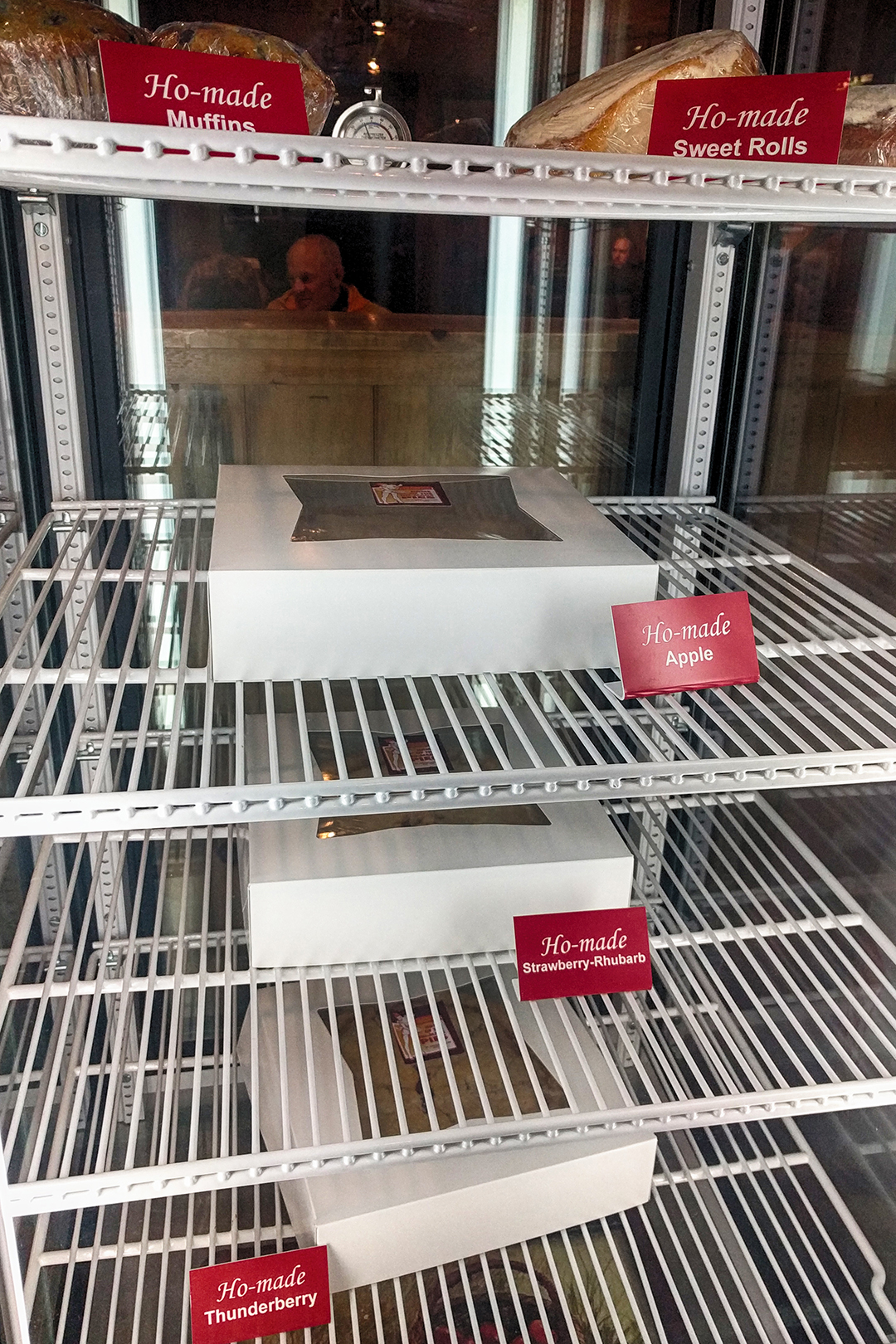Week 48.1: Capitol Reef National Park
Howdy, friends! We’re back with another blog post, after an unexplained, 10-day downtime for our website caused by our hosting provider. It wasn’t fixed until we tweeted at them, marking the first time Twitter has actually been useful. That said, we can’t lay the blame entirely at our host’s digital feet. We’ve been updating slowly for a couple of reasons of our own, the first being that we took a LOT of pictures at these national parks. Heather has been doing heroic work in identifying the good photos and making them look pretty, but it’s a slow process.
The second reason is that we have been traveling once again. We’ve just finished our most recent cross-country trek, from New York all the way to Denver! This time there’s no follow-up, since we’ve reached the end of our roadtrip at last. We’re in it to win it in Colorado, and we’re looking forward to its friendly people, sunny days, and apartments that don’t require “emptying the tanks” (especially that!).
Not to fear, we’re still committed to finishing these blog posts, even if they’re sadly falling further and further behind. We hope you still enjoy reading about our untimely adventures as much as we enjoy sharing them. So without further ado, let’s start our stationary life off by relating one of our biggest driving blunders.
Scenic Deathway
We last left off at the stunning Bryce Canyon, and from there it was a relatively short drive to our next destination, Capitol Reef National Park. After reading about it online, we decided to get there via Utah’s Scenic Byway 12. Now, if we weren’t piloting an RV, we would have loved this drive. The terrain was rugged and beautiful; according to some informational plaques, this was the last uncharted region in the continental United States. In other words: this place is truly remote. An Army explorer surveyed it in 1871, and the road follows their route exactly, since there really is only one way through these mountains.
Wait, mountains? Oh yes. The road goes up and down constantly, through twisting canyons and along the long, exposed spine of a mountain ridge – a section called, fittingly, the Hogback. Imagine an elevated roadway with cliffs on either side; we were a little busy for photos, but here’s an awesome picture we found on the Internets.
In other places, just to keep things interesting, the stone alongside the road was Utah slickrock, which looks and feels exactly like it sounds. The views were awesome, but this was a very bad drive to make a mistake.
The online discussions we read said that this road was fine for RVs, but good lord, it was not. We soon found ourselves in a nightmare drive, the road twisting and turning while ascending and descending steeply. This is bad news if you’re in a 12,000 pound vehicle pulling a car behind it, and although our motorhome is a total beast, we had to pull over several times to let its brakes and engine cool down.
Finally, we reached the highest point on the drive, well over 10,000 feet. This high up, a light drizzle had turned into a fierce hail storm. At least it cooled the engine! We stopped at an overlook for a quick photo of the view, and since the entrance was narrow, Heather hopped outside to check for oncoming vehicles before we returned to the highway. Given the all-clear, Jake drove up to Heather and stopped the RV to let her back in.
That’s when a sheet of slushy ice slid off the roof directly onto Heather.
Luckily, we were nearly to our destination, because the atmosphere for the rest of the drive was a little… chilly.
Capitol Reef
At last, we made it to the tiny town of Torrey, Utah, population about 300. There were a few restaurants, but unfortunately for your hungry correspondents ,there was no grocery store. So, we walked across the street to a gas station convenience store to see what we could find, and came away with some sliced turkey, ice cream, and Combos: the dinner of champions.
OK, on to the park, which we had frankly never heard of. Capitol Reef is the least visited of Utah’s “Mighty 5” national parks, by far, and apparently it’s normally pretty empty. But unfortunately for us it was Memorial Day weekend, so the crowds were out in full force. We had to skip a few of the more popular spots because there was no parking left – and woe be to the poor few rangers in the visitor center, at times literally surrounded by questioning visitors.
Capitol Reef is cool, but perhaps not quite as eye-popping as Zion or Bryce Canyon. Nonetheless, it has plenty of charm. The park covers the most scenic part of the “Waterpocket Fold,” which is basically a 100 mile long uplifted rock wall. It’s unclear whether the Fold has played any part in keeping out wildlings, but it does make for some interesting terrain.
The most well-known feature here is a large rock dome that early settlers thought looked like the U.S. Capitol in Washington, D.C. “Capitol Reef” is a combination of that, plus the ocean reef-like Waterpocket Fold. Unfortunately, our photo of the Capitol Dome doesn’t capture the most “capitol” angle of the rock, but you can see its pointy peak in the background – along with a fairly ominous sky.
On our first day, we took a hike up over the aforementioned slickrock. There’s no real “trail” to speak of here, just occasional rock cairns (piles) suggesting a route over the dusty stone.
We got lost about 15 times in 20 minutes.
It was worth it, though, as we got a really cool view of the valley.
You can see how shockingly green it is in that valley below. The river that carved that canyon still flows, and early pioneers took full advantage by planting numerous fruit trees, orchards of which still exist today. We’ll get to them later.
You can also see an oncoming thunderstorm, and so could we, which is why this particular hike ended a bit early.
Into the Fold
The next day, we explored some of the area’s many natural canyons. The first one we visited was actually a former road, and once the only way through the Waterpocket Fold. We got there by driving through a slot canyon, an experience as epic as the Hogback but without the risk of falling off a cliff.
Early pioneers spent untold numbers of back-breaking hours removing boulders from this canyon to ease wagon travel. It’s a good reminder of how insanely difficult it was to settle Utah, and the incredible obstacles that early settlers somehow overcame… sometimes literally.
Speaking of early settlers, one feature of this canyon is a large number of pictograms drawn on the rock walls by Native American inhabitants. Later, Mormon pioneers created their own “graffiti wall,” tagging their name and the date. Our favorite was the person who signed their name using bullets, a method of which cartoon 1920s gangsters would surely approve.
Next, we headed to the Grand Wash, a huge slot canyon carved away by rushing floods. It’s absolutely stunning in person, just these gigantic rock walls on either side with almost nobody else around. We recommend taking a look for the people in these pictures to get a sense of how massive this canyon really was. Few things have made us feel more awed or insignificant.
Our last stop was equally exciting, but very different. We mentioned that the orchards in this area still bear fruit, but it doesn’t go to waste. You can pick it yourself (although we were out of season), and the National Park Service actually harvests the rest for use in baked goods, sold in an adorable little house on-site.
Pie proved to be a southern Utah obsession – we had just had some in Kanab (lackluster) Bryce Canyon (amazing) – and we are happy to report that the pie and cinnamon rolls we got here were delicious.
We saw a lot of great stuff on our road trip, but seriously: a pie stand in a national park!! Life just doesn’t get any better than that.

